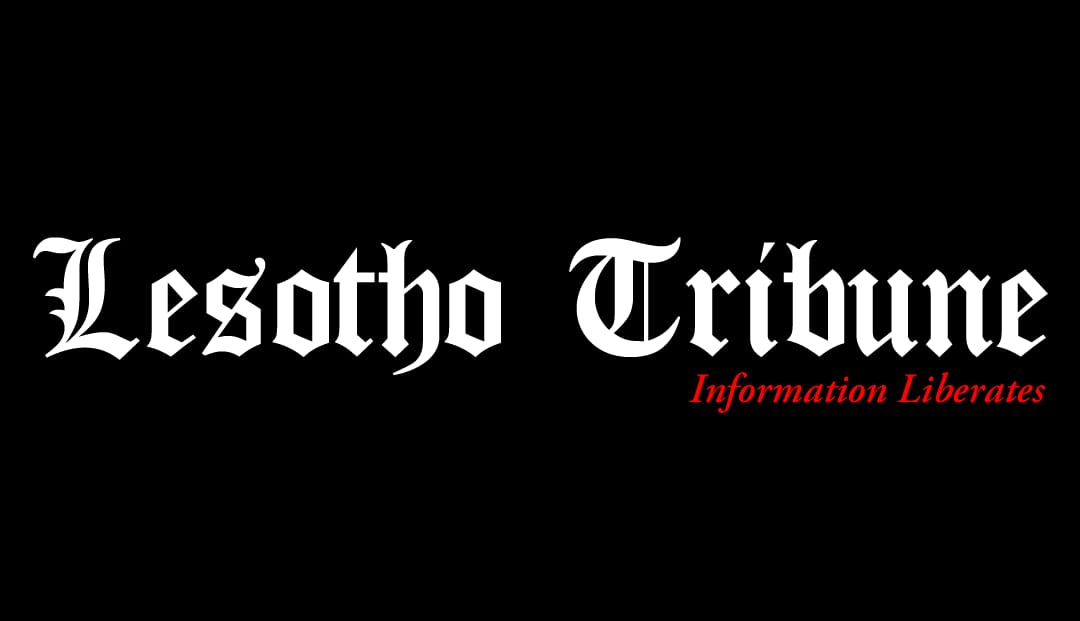GABORONE– In a press release issued on 20 June 2024, His Excellency President Dr. Mokgweetsi Eric Keabetswe Masisi has declared the 2023/24 season an extreme agricultural drought year. This declaration follows a thorough assessment by the Drought and Household Food Security Vulnerability Assessment and Analysis exercise, highlighting the critical need for immediate and robust intervention.
Drought Conditions and Impact
The assessment revealed that the rainy season from October 2023 to March 2024 was exceptionally dry, with below-average rainfall across the country. February was particularly harsh, marking the driest conditions since 1980. This resulted in significantly reduced water levels in dams and rivers, with some dams dropping below 30% capacity and major rivers like Thamalakane and Chobe experiencing their lowest levels in a decade. While some improvement in water levels is anticipated in the coming months, a moderate hydrological drought persists, necessitating careful monitoring of water usage.
The delayed rains and prolonged dry spells have had devastating effects on agriculture. Most crops wilted and failed early in the season, leading to a 36% decrease in planted area compared to the previous year. Total production is estimated at only 6% of the national cereal demand of 300,000 metric tonnes, underscoring the severity of the arable agricultural drought.
Grazing conditions have also deteriorated nationwide, with limited surface water availability in some areas. The livestock sector has suffered significant losses, with drought-related livestock mortalities estimated at over 16,000. Additionally, dry conditions and high temperatures have forced wild animals to travel long distances for water, increasing human-wildlife conflicts. The country has also seen over 1,170 fire outbreaks, burning approximately 855,861 hectares of land. The harsh climate has impacted the availability of natural resources, leading to decreased permit requests and lower income from veldt products.
Relief Measures Announced
In response to these challenges, the government has unveiled a comprehensive set of drought relief measures and assistance programs effective from 15 July 2024 to 30 June 2025. Key measures include:
Ministry of Finance
– Agricultural Credit Guarantee Scheme: The Ministry of Finance will pay 85% of seasonal loans to farmers who obtained loans from the Citizen Enterprise Development Agency (CEDA) and National Development Bank (NDB) for rain-fed arable farming.
Ministry of Agriculture
– Livestock Feed Subsidies: A 30% subsidy for livestock feed, including roughage, concentrates, mineral supplements, and vaccines, effective from 1 July 2024 to 31 January 2025.
– Non-Traditional Commodities Subsidies: A 30% subsidy for smallholder farmers engaged in dairy, piggery, aquaculture, apiculture, and poultry, effective from 1 July 2024 to 31 January 2025.
– Acaricides and Antibiotics Subsidies: A 50% subsidy for acaricides and antibiotics for controlling animal diseases in affected districts.
– *Water Reticulation for Livestock*: Equipping boreholes and reticulating water for livestock in communal areas facing severe water shortages, effective from 15 July 2024 to 31 January 2025.
Ministry of Entrepreneurship
– Grain Sourcing and Strategic Reserves: Restocking the strategic grain reserve to cover the cereal deficit through the Botswana Agricultural Marketing Board (BAMB).
– Treated Crop Residues: Procuring treated crop residues for livestock producers through BAMB, effective from 1 July 2024 to 31 January 2025.
– Satellite Stores: Establishing satellite stores through BAMB to improve access to drought relief feeds, drugs, and vaccines in remote areas.
Ministry of Environment and Tourism
– Wild Animal Feed Subsidies: A 30% subsidy for farmers keeping wild animals in small game farms, effective from 1 July 2024 to 31 January 2025.
– Compensation Review: Revising the compensation schedule to include all wild animals causing damage to crops, livestock, and property.
Ministry of Local Government and Rural Development
– Supplementary Feeding Programs: Continuation of supplementary feeding for children aged 6-59 months, with double rations for underweight children, and provision of supplementary foods for expectant and lactating mothers in high-malnutrition areas.
– School Feeding Programs: Providing two meals daily at primary schools and three meals for recognized settlements in Remote Area Communities.
– Special Food Basket: Provision of a special food basket for children in high-malnutrition areas and for elderly individuals previously dependent on agricultural activities.
– Ipelegeng Program Expansion: Increasing the Ipelegeng quota by 30,000 slots to support those on waiting lists and increasing the budget for running costs to accommodate additional projects.
Ministry of Health
Therapeutic Foods: Ensuring a consistent supply of therapeutic foods for children with acute malnutrition.
– Direct Feeding: Re-introducing direct feeding in areas where special food baskets are impractical due to high food leakages.
– Storage Structures: Constructing suitable storage structures at health facilities through the Ipelegeng program.
These measures reflect the government’s commitment to mitigating the impact of the extreme agricultural drought and ensuring food security for all citizens. The coordinated efforts across various ministries demonstrate a holistic approach to addressing the crisis and supporting vulnerable populations.
Maybe Lesotho should attend a crash course on how to respond naturally occurring disasters, which puts the population on the brink of famine.





